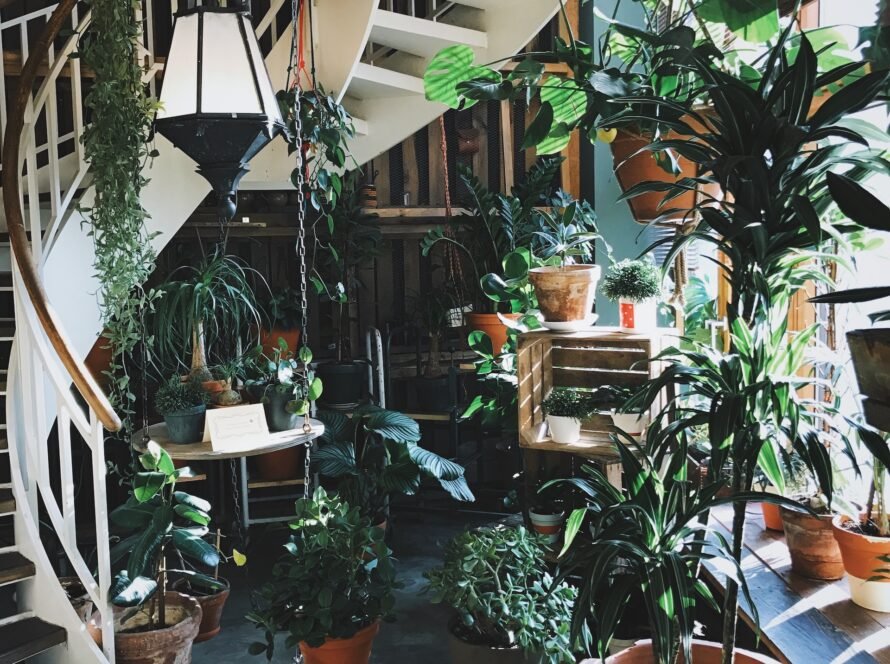Vastu Shastra has a profound influence on human health and well-being. When applied to the medical business, it can create environments that promote healing and prosperity.
From medical clinics and hospitals to pharmacies and pharmaceutical factories, incorporating Vastu principles into their design and layout has shown remarkable results in achieving success.
Vastu for Medical Clinics
In a medical clinic, the design of every functional space impacts the atmosphere and efficiency. By aligning the following elements with Vastu guidelines, you can create a positive and healing environment:
- Clinic entrance: Ensure the entrance aligns with auspicious directions to attract positive energy.
- Reception and case paper preparation: Arrange these in harmony with Vastu to ensure smooth operations.
- Patient meeting areas and examination tables: Position these to foster comfort and trust.
- Storage of medicines and injections: Keep these in designated areas to maintain organization.
- Emergency arrangements: Saline and other emergency provisions should be strategically placed for easy accessibility.
By designing clinics with Vastu principles, you can cultivate a welcoming, harmonious, and successful environment.
Vastu for Hospitals
Hospitals, being more complex, benefit greatly from Vastu Shastra. The energy cycle of nature affects both physical spaces and human health. Disruptions in this energy flow can influence mental and physical well-being. Since hospitals deal with the five elements of the human body—blood (water), breath (air), energy (fire), cavities (sky), and flesh and bones (earth)—Vastu plays a vital role in ensuring harmony within departments.
Directions and Associated Departments in Hospitals
1. North-East (Jala Tattva and Esha Tattva)
This direction is associated with water and divine energy, making it suitable for:
- Blood-related departments: Blood banks, intensive care units (ICU), accident and emergency wards.
- Specialized areas: Pediatrics, fertility, operation theaters, and senior citizens’ sections.
- Administrative spaces: Primary registration, information centers, and finance offices.
- Spiritual spaces: Meditation rooms and underground water reservoirs.
2. South-East (Agni Tattva)
This direction is governed by the fire element and is ideal for:
- Departments like gynecology, ophthalmology, neurology, and stomach-related diseases.
- Diagnostic centers, research facilities, and electrical systems like air conditioning units and servers.
- Operational spaces such as canteens, stores, and procurement offices.
3. South-West (Prithvi Tattva)
The earth element governs stability and is suitable for:
- Orthopedics, dermatology, dental clinics, and male disease wards.
- Hospital administration offices, staircases, and large storage facilities.
4. North-West (Vayu Tattva)
The air element supports respiratory and circulatory systems. This area is ideal for:
- Departments for ENT (ear, nose, throat), chest diseases, allergies, and cardiology.
- Supporting services such as parking, waste management, telecommunications, washing facilities, and mortuary services.
Proper planning ensures that each department operates efficiently while aligning with Panchamahabhuta (the five elements).
Addressing Practical Challenges in Hospital Design
Space availability and architectural feasibility often pose challenges when incorporating Vastu principles. The goal is to create a balanced design that harmonizes functionality and aesthetics.
While some Vastu principles may require practical adjustments due to technical or legal constraints, solutions can be implemented to minimize defects and maximize benefits.
Indian Vastu Shastra and Climatology
Does Vastu Shastra consider climatology? This question frequently arises in architectural circles. The answer is an emphatic yes! Indian architecture reflects the diverse climatic conditions across the country—from the icy cold Himalayan regions to the scorching deserts of Rajasthan.
For instance:
- Himalayan regions: Adapt to sub-zero temperatures.
- Central India: Design for extreme heat.
- Cherrapunji: Structures withstand heavy rainfall.
- Southeastern regions: Plan for seasonal monsoons.
As a Vastu expert, I have provided Vastu guidance across various countries, including Australia, New Zealand, Africa, Asia, Europe, and America, successfully adapting Vastu principles to suit their unique environmental conditions.
Critiquing Narrow Perspectives
Some individuals critique Indian architecture by comparing it to global standards, often overlooking its ability to adapt to local and international conditions. Such perspectives fail to recognize the depth and versatility of Vastu Shastra.
It is important to honor and uphold the legacy of Indian architecture, which seamlessly integrates spirituality, science, and practicality.
Vastu Shastra is not just a traditional practice; it is a holistic science that brings balance and harmony to spaces, especially in the medical business.
From clinics and hospitals to pharmacies, following Vastu principles can enhance healing environments and operational efficiency.
Whether you’re designing a clinic or a hospital, consulting an experienced Vastu expert ensures that every space aligns with natural energies, promoting health, happiness, and prosperity. Embrace Vastu to create spaces that heal and thrive, regardless of their location or size.



